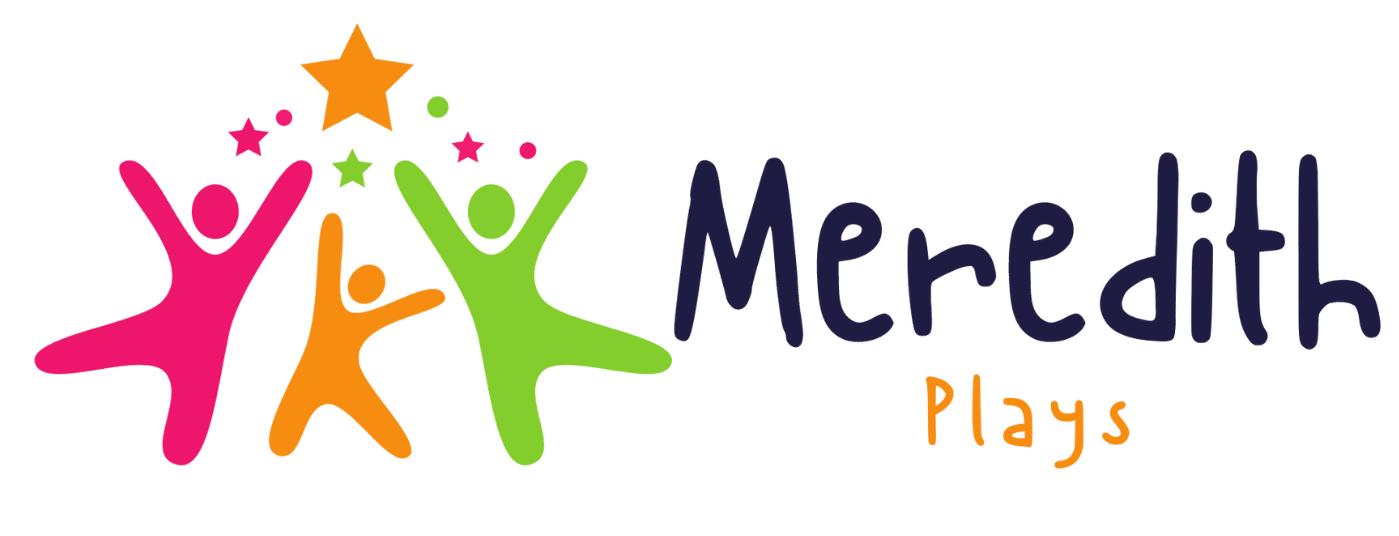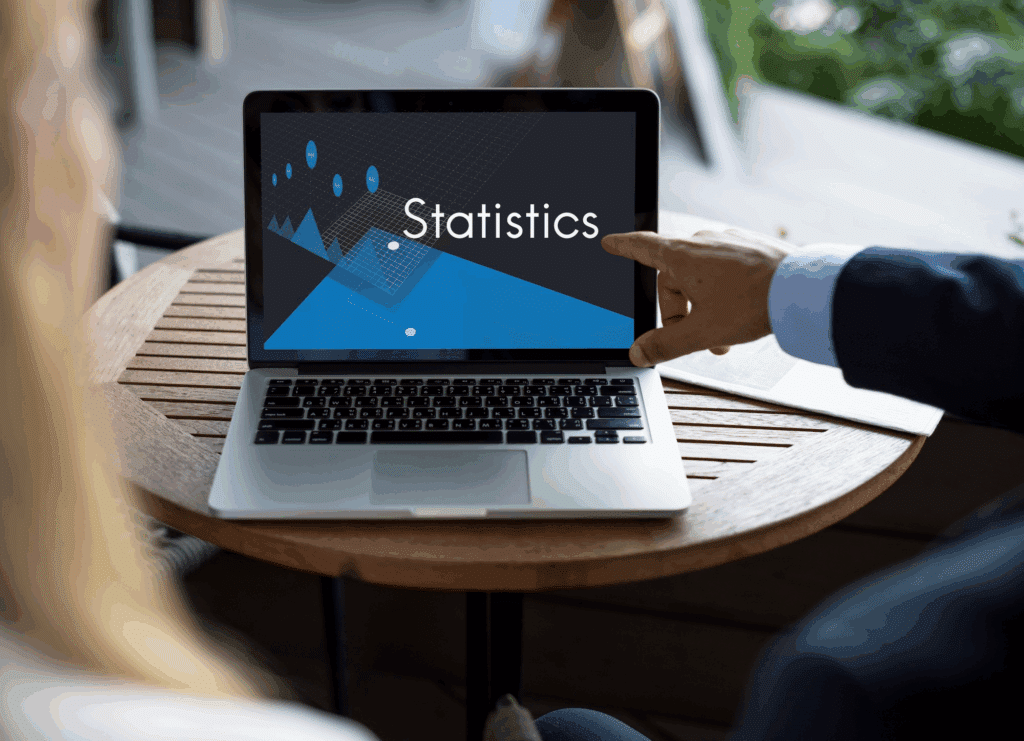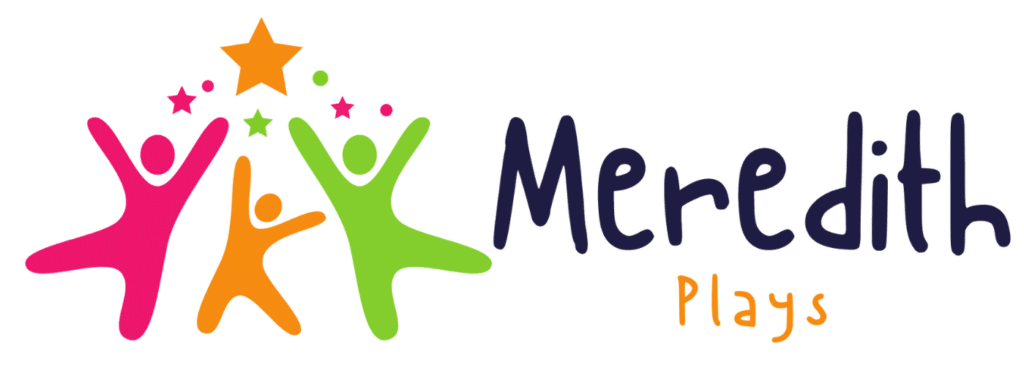For non-profit organizations, a website is not just a showcase or a place to post information. It is a tool for communicating with the audience and attracting volunteers, donors, and supporters. The higher the visitors’ engagement, the more likely they are to actively participate in the organization’s activities, make donations, and spread information about the mission.
However, many NGOs face limited budgets and small teams. In such circumstances, maximizing the effectiveness of the site becomes a real challenge. Digital tools offer affordable solutions that help make the site more interactive and interesting for users without incurring high costs. In addition, the use of modern approaches makes it possible to increase the recognition of the organization, improve its reputation, and form long-term relationships with the audience.
1. Smart Use of Pop-Up Windows
Pop-up windows or pop ads have a negative image of being intrusive; however, with the appropriate strategy, they can be a good engagement instrument.
Pop-ups would enable non-profit organizations to:
- adverts to subscribe to the newsletter;
- data regarding forthcoming events or campaigns;
- prioritizing immediate activities, e.g., gathering contributions.
The main thing is to consider the time of the window’s appearance and its relevance. For example, it is better to show a pop-up after the user has spent some time on the page, or when trying to leave the site. This approach helps to attract attention without irritation. In addition, the design of pop-ups should be unobtrusive and consistent with the style of the site, so as not to distract from the main content.
2. Production of Interactive Material
The interactive material also makes the site livelier, and the user is actively involved. Eg:
- feedback can be obtained by surveys or mini-quizzes;
- estimating donation contribution calculators;
- interactive infographics regarding the mission of the organization.
Such content not only keeps visitors on the site longer but also provides valuable information about the audience that will help optimize future campaigns. In addition, interactive elements encourage users to share content with friends and colleagues, which increases organic traffic and supports long-term audience engagement.
3. Clear Calls to Action
The user must be encouraged to go a step further on each page of the NGO site. Buttons and links as Donate, Volunteer, or read more assist in getting the visitor to action. So:
- make calls to action in prominent areas, but not obtrusively;
- speak proactively and explain why the action is valuable;
- test out alternative layouts and wording to determine which is best.
Proper button placement increases clickability and conversion even with a limited budget. Additionally, it is useful to integrate small visual cues, such as arrows or hover animations, to draw attention to the main actions.
4. Social Network Integration
Social media should collaborate with the NGO website. Including feeds, Share buttons, and links to organization pages has the effect of increasing your audience. So stimulate the sharing of materials and news by the users. Use reviews, testimonials, event photos, and direct social media permission to subscribe to newsletters or get events registered.
This integration makes the site dynamic, creates a sense of community, and stimulates visitor engagement. It also helps to build trust in the organization and create a positive image among the target audience.
5. individualized Visitor Experience
Having personalization makes the content more relevant and encourages interaction. Even the most basic techniques make some difference:
- present information depending on the whereabouts of the user or past activities;
- suggest articles, events, or other interest-based donation opportunities;
- sell a subscription or membership, depending on the choice of the user.
Even though you do not need big teams and expenses, analytical tools will assist you in tracking the activities of users and applying personalization. Moreover, personalized messages also contribute to increasing the sense of value among the visitors and encouraging them to take a more active part in the life of the organization.
Other Suggestions on Websites that Have a Small Budget
Non-profit organizations do not require a huge budget to enhance engagement. Some of the successful strategies used include:
- sending emails through free or cheap email delivery systems;
- the use of the small pop-up windows and banners to highlight some urgent actions;
- motivating the users to add content (reviews, photos, comments);
- consistent posting of new information on the site and news.
Even minimal modifications imposed in a systematic manner influence a lot. Testing new formats and surveying the audience to know what tools would be best used with your target group is also helpful.
In Summary: Effective Engagement
For NGOs, engagement is not just a metric. It is a tool for achieving a mission. Using digital tools, organizations can create a website that inspires, informs, and encourages action.
From well-designed pop ads to strategically placed links, it’s important to give users value and direct them to specific actions. Even with a limited budget, you can make a website a hub for engaging, supporting, and advancing your organization’s goals. Consistently working with content, design, and interactive elements allows you to build a long-term audience and build trust in your mission.


















